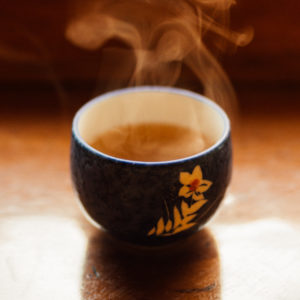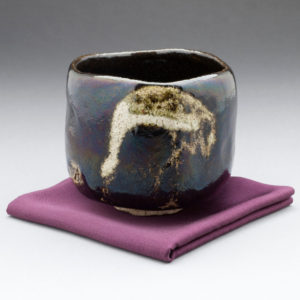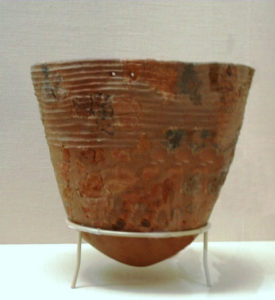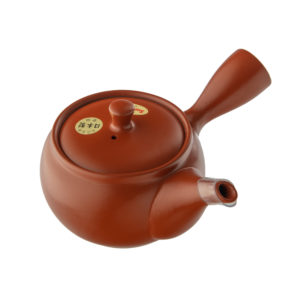
In the West, the three main types of pottery are earthenware, stoneware and porcelain.
But in Japan, there are four main types with different definitions, so that there isn’t an exact translation.
Doki (土器)
This is pretty much what earthenware is.
Pottery that has been fired at a relatively low temperature. Below 1,000 °C (1,832 °F) according to the Japanese standard.
Furthermore, doki must be unglazed.
This type of ceramic is weak, which is why it is usually made thicker.
It is also porous and has a high water absorbency.
This is the oldest type of pottery in the world.
Unless it is an antique, pottery of this type is generally not considered as high quality in Japan.
Sekki (石器)
Sekki classifies as stoneware.
Fired at temperatures from 1,100 °C (2,012 °F) to 1,250 °C (2,282), and it can be glazed or unglazed.
It is a hard material with low water absorbency.
The popular Tokonameyaki kyusu is an example of sekki pottery.
While doki and tōki make a dull sound when tapped, sekki makes a clear and high sound.
Tōki (陶器)

In the West this would be either earthenware or stoneware.
It must be fired above 1,200 °C (2,192 °F), and it is also glazed.
Tōki absorbs less water than doki, but more than sekki.
This pottery is usually thick and heavy.
Raku ware falls under this type of ceramic.
Jiki (磁器)
The definition of jiki is very close to that of porcelain.
Fired above 1,350 °C (2,462 °F).
Besides clay, porcelain needs other materials such as kaolin.
It is hard, white in color with translucency, light, and it doesn’t absorb water.
When tapped, it makes a somewhat metallic sound.
An example of jiki is Arita ware.







February 16, 2022
This post about pottery certainly needed some images.
Just one picture for illustrating FOUR types of Japanese tea cups, seems to me too scanty…
Thanks anyway for always doing your best to share knowledge about tea and related items.
Best Regards,
Gab
February 16, 2022
Hi Gab
You’re right, I do need more pictures for this post. These are general types of pottery, so I was thinking of having more posts about specific types such as Tokonameyaki and so each one would have its own picture.
I’ll update this post soon.